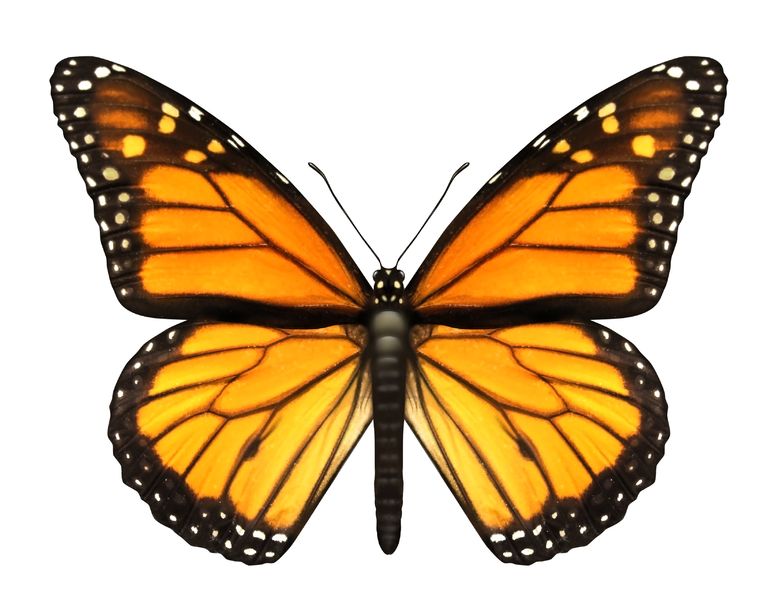Arthropods are easily the most abundant group of animals on the planet. Arthropods dominate the planet in terms of numbers, diversity, and biomass. Arthropods account for 1.6 million of the 1.8-1.9 million species that have so far been described by scientists. Arthropods include insects, spiders, scorpions, millipedes, centipedes and crustaceans. All arthropods are characterized by their jointed legs and hard outer shell. It is currently believed that the earliest insects emerged around 412 million years ago. When considering how numerous insects have been on this planet for the past half of a billion years, you can understand that tracing their evolutionary history is no easy task. Ever since Darwin, researchers have attempted to uncover the mysteries of insect evolution. Despite several limitations, modern scientists have a much more accurate understanding concerning the origin of insects. Not surprisingly, insects evolved from sea-dwelling crustaceans. What is surprising is that a group of arthropods known as “Chelicerata,” which includes spiders, scorpions, ticks, and mites, branched off from early crustaceans before insects did, making spiders older than insects.
The early crustaceans that gave rise to arthropods did not resemble the lobsters and crabs that you recognize today; instead, some of these early crustaceans appeared radically different from modern crustaceans. Modern lobsters and crabs branched-off from these early crustaceans just as insects and spiders had. Around 325 million years ago, insect evolution exploded, and it was around this time that insects began to outnumber their arachnid relatives. The oldest insect fossil ever discovered is 385 million years old, and the insect contained within the hardened sediment resembled a silverfish-like creature. Insect evolution has always baffled researchers due to the sudden emergence of insects 325 million years ago. Based on fossil evidence, it seems as though winged insects emerged at the same time as the insect population explosion. This could indicate that winged insects effectively expanded insect habitats and increased their access to essential resources. However, this theory raises the question of how insect wings evolved in the first place.
Do you believe that the emergence of flying insects paved the way for insects to become the most abundant and species-rich group of animals on the planet?

